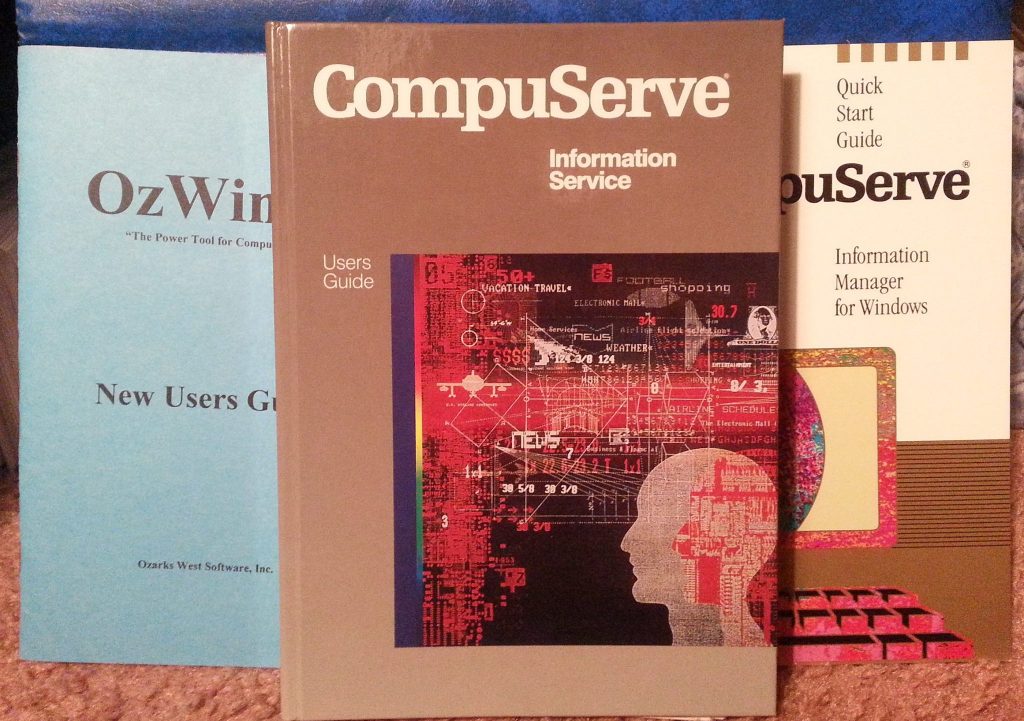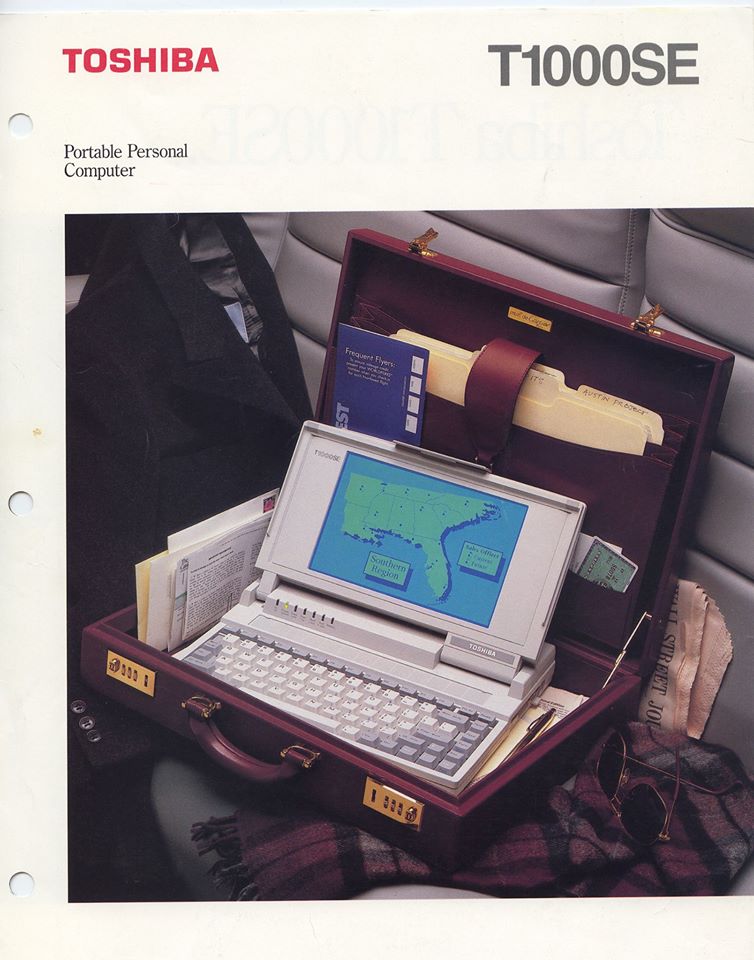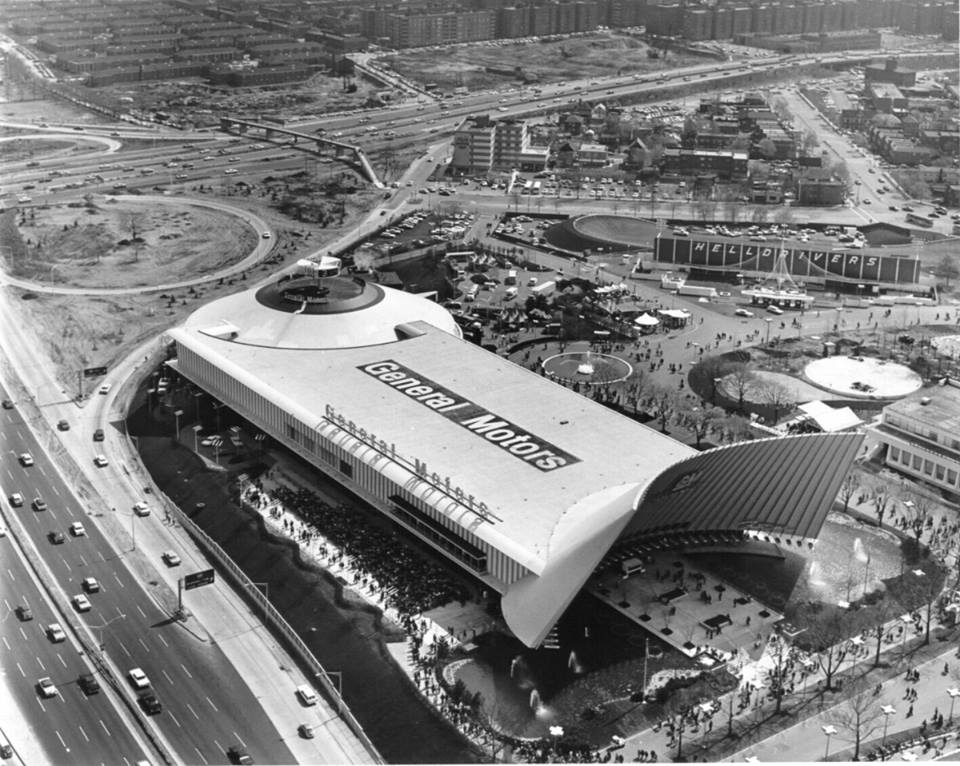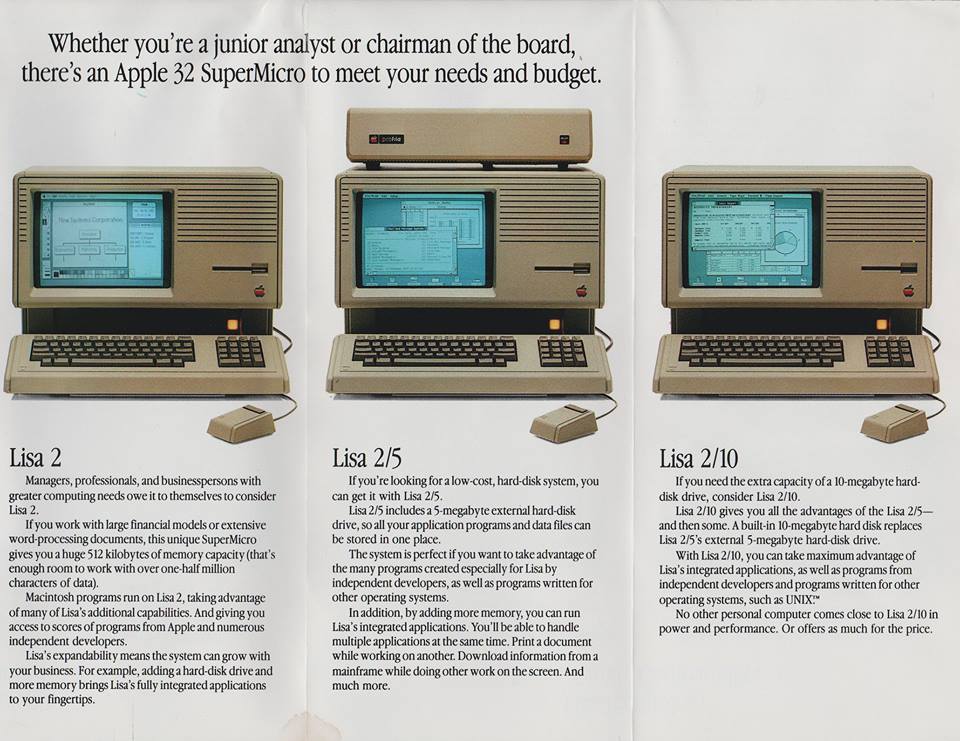Home safe from Chambanacon, despite all the rain and traffic the Chicago area threw at us. Con report to follow, but the short version is two thumbs up.
Category Archives: Uncategorized
Chambanacon
Just a reminder that Gwen and I will be at Chambanacon next weekend, November 27-29, in Normal, IL. This is our first con since 2005’s Duckon and my first GOH gig since [unintelligible], so do please be gentle. I’m looking forward to seeing as many old friends and having as much relaxa-fun as the available spoons allow.
I’m sorry to say that my plan to have something new in print (e-print, at least) by this weekend fell apart, but I will be bringing some fresh first edition copies of my 20th Century works and perhaps a few Black Book Band / Exile t-shirts with me. Slip me a note here if you’re interested.
Inside the Cave
Behind the bookcase half-wall in the foreground is my first dedicated writing space, in the corner of the basement of a little Cape Cod in Goshen, Indiana.
My “office” was tastefully appointed with quality touches like brick-and-board bookcases, a 1979 MSU basketball NCAA championship pennant, a “Reality Is For People Who Can’t Handle Science Fiction” bumper sticker–why, yes, I did do all my own decorating, why do you ask?
Essentials: You can’t see my Smith-Corona portable electric typewriter. But you can see the unabridged dictionary sitting up high next to a Van Nostrand’s Scientific Encyclopedia. (The room has a low ceiling, so yes, I could use it there by standing up.) My desk was a single-pedestal gray Steelcase secretarial model, which I acquired from my father’s company when they upgraded from metal to wood. (It ended its days in Karla’s laundry room.)
Ephemera: At the time this was taken, I was still a full-time science teacher at Heritage Middle School in Middlebury, so there’s a school calendar on the side of the black file cabinet, There’s evidence in a couple of places that I already had my NASA NEWS subscription and access to flight press kits. It’s not a con badge on the cork board, since I hadn’t yet attended one. Yes, that’s an Imperial Star Destroyer poster.
Ouvre: I’d already written my trunk novel, “The Open Face of Heaven,” in college. But in this space I wrote all of my early stories for AMAZING and ANALOG. “Slac//” was sold and headed for the cover of ASIMOV’S, with art by David Mattingly. I also wrote the sample chapters and outline of EMPRISE here, which had collected three rejections by the time I handed it to a Berkley editor at the 1982 Worldcon in Chicago.
Two years after this photo was taken, Berkley bought the Trigon Disunity trilogy–just weeks after Middlebury granted me a parental leave year. That promotion came with a move upstairs to take over the first-floor bedroom. I wrote the E books (and THIEVES OF LIGHT) in front of a west-facing window that looked out on a big green yard, instead of underneath a north-facing porthole looking out on the underside of a parked car. And with a -computer- instead of a typewriter. But that, as they say, is another story…
The Second Layer
Around here we talk about the Second Layer Problem. You have a bookcase that doubles as a curio cabinet, books in the back, tchotchkes in the front? Or two rows of paperbacks per shelf? Second Layer Problem. There are boxes stacked on the floor in front of the bookcase/file cabinet/dresser/workbench? Doesn’t matter how neatly organized and labeled the boxes are, you have a Second Layer Problem. First Layers are intentional. Second Layers are provisional. You didn’t -mean- for that to stay there as long as it has. But inertia is powerful, especially in a well-appointed* fannish household.
Motivated by what we children found in my late mother’s house earlier this year, I’ve been chipping away at the Second Layer Problem in my office–which was considerable, because it had become a dumping ground for boxes of Stuff exiled from other parts of the house. The situation was aggravated by about ten banker’s boxes of books, cameras, photos, and other items which came back with me from New Jersey.
But, progress! The Second Layer Problem now only exists in front of about 5 of the 25 bookcases, and most of what’s left needs to go on the shelves. So my focus has shifted to gathering some of the low-hanging cruft and boxing it to take to MSU Recycling, thereby freeing space on shelves which have been packed full since some time in the 20th Century.
Good-bye, Paradox for Windows and SFWA FORUM. Good-bye, Publication 17 and MSU ALUMNI MAGAZINE. Good-bye, every WGA publication except ON WRITING. Good-bye…no, I’m going to keep the ST:TNG, ST:DS9 and ST:V bibles for now.
But there are a few things I couldn’t condemn to recycling without scanning or photographing. See the captions for context.
I’m looking forward to taking up the Clear Flat Surface Problem next.
(How does all this help me get new books written? I’m reclaiming this space for its intended purpose, dialing back the distracting visual clutter, converting it from a museum to a workshop. Thirty years ago I told an interviewer that “I write to fill the silence.” I am making my office a place where silence can happen again.)
*People who don’t have books–or collections–don’t understand. -All- of it is important. ☺
Dah-Daaaaaaah-Da-Da-Da-Da-Da
I was twelve when STAR TREK debuted on NBC,* and I’ve never stopped watching it.** Back in 1966, my family’s only TV was a black & white Zenith console, so ST occasioned a weekly visit to Grandpop and Grandmom Deich and their enormous 20″ color Philco. Grandpop didn’t mind because he believed in UFOs, and besides, he appreciated William Ware Theiss’s approach to costume design.
Last year, I sent STAR TREK: AXANAR a contribution on the basis of the very smartly executed pseudo-documentary “Prelude to Axanar,” which I discovered through David Gerrold’s Facebook page. But I’ve actually never seen any of the ST fan films, which are more numerous than I knew. Does anyone have a favorite they’d like to recommend?
*The Golden Age of science fiction
** Though I am unenthusiastic about the direction Abrams has taken the franchise–had he been in charge of ST from the beginning, I don’t think any of my favorite episodes would ever have been made, except perhaps “Yesterday’s Enterprise.”
Monorails to Atomland
Now and again I do still grumble about the future not being what it used to be–about reality not delivering the Pan Am spaceliners, undersea cities, and Repelatron Skyway which I was promised. About looking out the window and not seeing a single personal jetcopter in a driveway anywhere in my neighborhood. I’m not talking your sci-fi fantasies. I’m talking about prognosticators with impeccable credentials, like Boy’s Life (Isaac Bloody Asimov!), the 1964 New York World’s Fair (GM Futurama!), and Popular Mechanics (supersonic trains!). They all let me down.
There is no bleeping spoon, after all.
But–I have managed to live long enough to see every major planetary body in our solar system transformed from fuzzy dots in the night sky into unique, fully realized worlds. From Mercury to Pluto, from the Galilean moons of Jupiter to Charon, from asteroids to comets, in ever-sharpening focus and clarity.
And that ain’t nothin’.
Bring It Back
For 47 years, I’ve been unable to hear Johann Strauss’s “On the Beautiful Blue Danube” without my mind’s eye conjuring up stars, planets, and.a double Catherine wheel gleaming in the unfiltered sunlight of space.
I first saw 2001: A Space Odyssey on my birthday in 1968. My family took me to the Cinerama theater in Philadelphia–the only time I can remember going into Philly with them for a movie. (I did see a few other movies across the river with friends: The Godfather, And Now For Something Completely Different, A New Leaf are three that come to mind.)
It was an afternoon showing, and when it ended we stood outside on the sidewalk blinking in the sun for a good twenty minutes while one very excited 14-year-old boy attempted to explain the film to his four very confused family members.
When we got home, I immediately started reading the 2001: A Clarke Novel paperback (with color insert) which my older sister had given me as her present. Later that day, I found myself trying to corner various family members to re-explain the film to them. Since this brought my expertise into question, I went back to see it a couple of weeks later. And then again, flatscreen, on the Jersey side not long after that. (The Cinerama theater, the last in the area, closed that fall.)
All told, I think I saw 2001 projected seven or eight times, on increasingly smaller screens–the last was in a lecture hall at MSU, part of the RHA film series (students $1). I’ve seen it at least that many times since, on increasingly large televisions. But every viewing since the first two — in glorious three camera, 146° ultra-wide screen splendor — has relied on the memory and wonder of those initial experiences for a large measure of the pleasure. It’s not nearly the same film seen any other way.
Don’t you think it’s past time for a restoration and theatrical re-release? I’d stand in line for that.
The Prophecies of Floyd
And these, my children, were the last days of Atomland, though we knew it not. The oracles foresaw many wonders, as though the prophecies of Tom Swift the Younger would be fulfilled within the lifetime of the living. But verily, I tell you, no oracle–not the Popular Mechanics, neither the Life of Boys, nor even the great Britannica Yearbook of Science and the Future–did foresee the Turning Away. Only the heretic Floyd wrote of these portents, of light changing to shadow, of the hearts of stone and the coldness inside. The air is still, and the darkness has been long. Still we wait, for sunrise, and its freshening breeze.
Here a PC, There a PC
I’m not sure how Lisa and Macintosh brochures survived so long in my office, especially since I never owned an Apple computer–or even seriously considered buying one. But I thought these panels might have sentimental value for those of you who did go down that road, so I scanned them before committing them to the recycling bin.
The first personal/desktop computer I ever laid hands on was the mighty Commodore CBM 8032, with 32K of RAM and the PET line’s first 80-column display. Northridge High School, across the parking lot from the middle school where I taught science, acquired a half-dozen or so of them for the 1980-81 school year. They were installed in a bare, windowless room which had something less than the interior volume of a school bus, and at first no one much knew what to do with them. I went over there after hours and laboriously copied programs in BASIC out of the back of computer magazines–that being the state of the art for freeware distribution at the time.
By then Indiana University at South Bend, where I was working on my master’s degree, had a small lab equipped with Apple ][e computers used in an undergraduate programming course. There were no graduate-level courses in desktop computing–I had to get special permission to take the undergrad class and have it count toward the requirements for my degree.
Those experiences gave me some basis on which to go shopping for my own computer the next year. (First two crossed off the list of candidates: the Apple ][e and the Commodore CBM.) Since this was a purchase which would require a bank loan for a sum greater than the cost of my first two autos, I went everywhere to look at everything available in a rapidly changing marketplace.
I considered an Osborne 1, a Franklin Ace 1000, the TRS-80 (after all, Asimov endorsed it), and various CP/M 86 machines with brand names more familiar from cameras and stereo gear. In December 1982, I pulled the trigger on an IBM PC 5150 with a 64K expansion board, Amdek 300G monitor, and IDS Microprism 480 dot-matrix printer from General Micro for the low, low price of $3626.23.
The IBM’s big selling point: the keyboard, which despite a couple of quirks in the layout put everyone else’s keyboards to shame. That was a keyboard someone could write a million words on, and I almost did – EMPRISE, ENIGMA, EMPERY, THIEVES OF LIGHT, ROBOT CITY, ALTERNITIES, and THE QUIET POOLS. The first two were written with EasyWriter II, the rest with XyWrite III+.
I’ve purchased or built 51 other computers since that IBM PC (many for other family members), and I am obliged to note that the more capable my computers became the less productive I became. A color monitor, speakers, a CompuServe subscription, a GEnie account, an Internet connection, a personal Web page, Facebook, –the mission creep has been unrelenting. You could make a case that every one of those was a bad decision with an opportunity cost in unwritten novels. The ‘smart typewriter’ in the home office turned into the multimedia communications device that’s everywhere and everywhen.
But there’s no going back, is there. Not to a big box on a desk in a special room you visit to “work,” with three programs (spreadsheet, word processor, flatfile database) to choose from and no distractions. So I’ll have to figure out a different way to find the kind of quiet place in which I do my best writing. Because damn it all, I am not finished yet.
Doctor, Doctor, Give Me the News
I understand that there was a low-bandwidth rumor about me being hospitalized recently. The rumor is true, but I’m home now and feeling much better (albeit not yet well). I was admitted May 12 in order that I could receive treatment for an infection in my left lower jaw which had me looking like a chipmunk with a cheek full of next February’s breakfast. At the worst point, I could only open my mouth about a half-inch, and the inflammation was threatening to cross over to the right. There were Concerns.
My hosts at Sparrow pumped me full of IV antibiotics for three days, then sent me home with two weeks of pills to continue the campaign. The invaders were pushed back but have stubbornly resisted total extermination–the culprit appears to be a molar with a long vertical crack through it, which an oral surgeon will assault tomorrow morning. With luck, by this time next week All Will Be Well Again, My Friends.






